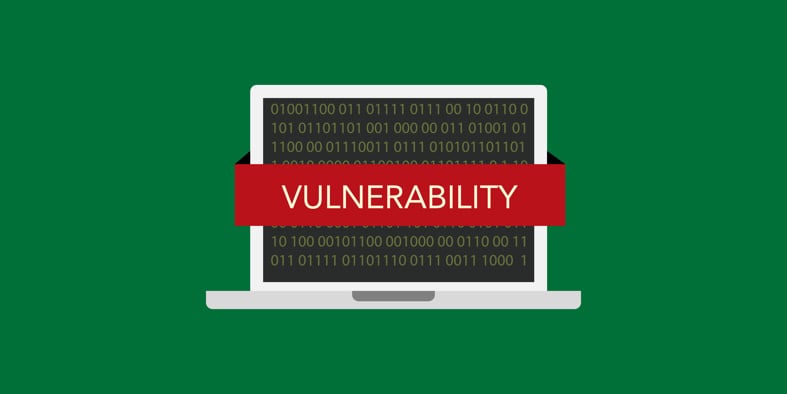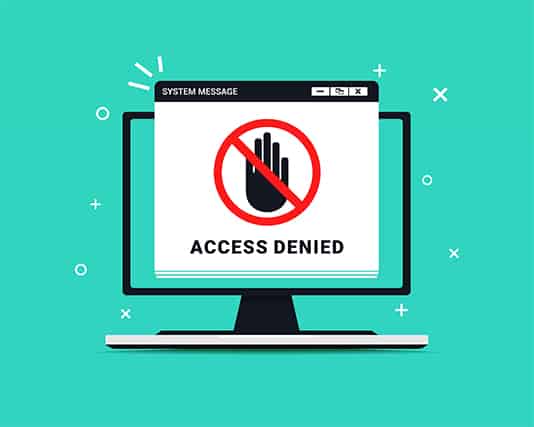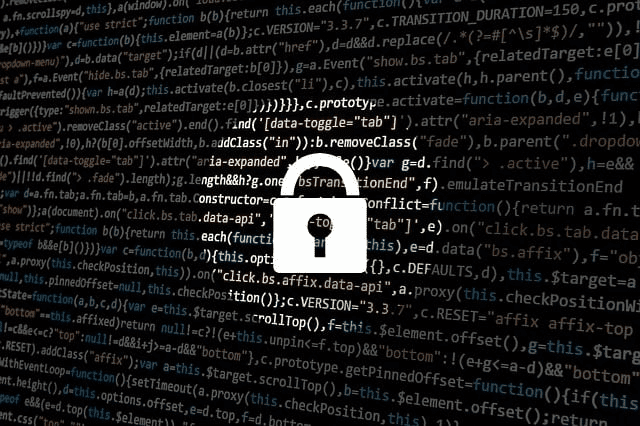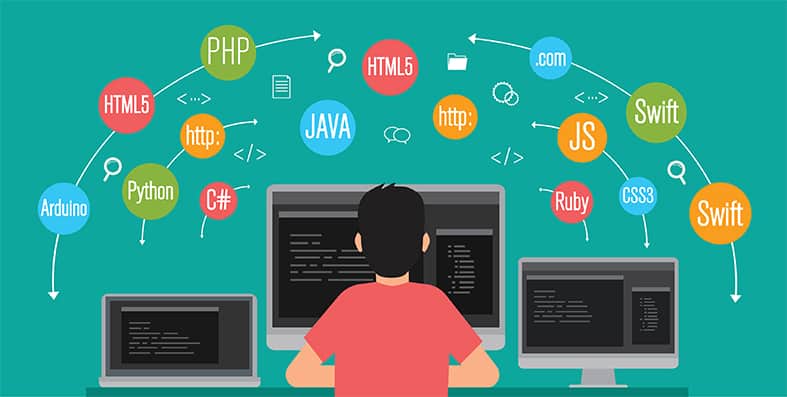Secure coding practices serve as essential measures to stop insider threats because they embed security principles into every stage of software development.
The implementation of standardized guidelines and secure frameworks through these practices minimizes vulnerabilities. The implementation of these protocols protects digital assets from insider exploitation and strengthens infrastructure resilience.
Whistleblowers play an essential role in detecting protocol deviations which helps maintain transparency and accountability.

Secure coding practices offer robust protection but organizations should investigate supplementary strategic approaches to boost security further.
Table of Contents
Understanding Insider Threats in the Digital Age
Analyzing insider threats is essential for robust cybersecurity strategies in the digital age. Insider threats often stem from motivations such as financial gain or grievances against employers. Identifying malicious insiders is challenging as they can seamlessly integrate into the workforce while intending to exploit organizational vulnerabilities. Whistleblowers play a crucial role in detecting these threats by highlighting behavioral anomalies that automated systems might miss. Combining human intelligence with advanced analytics enhances threat detection capabilities, identifying subtle patterns that may indicate potential breaches. This multi-layered approach strengthens defenses against the complex nature of insider threats.
The Importance of Secure Coding in Modern Software Development
The significance of secure coding practices in modern software development cannot be overstated. Robust secure development methodologies mitigate vulnerabilities that might be exploited by insider threats. Coding frameworks serve as foundational elements, ensuring that security principles are integrated from the outset of software development. Such frameworks provide standardized guidelines that developers must adhere to, reducing the likelihood of introducing exploitable flaws. Despite the challenges posed by rapidly advancing technology, the implementation of secure coding practices is a critical defense mechanism. By rigorously applying these principles, organizations can protect themselves from potentially devastating insider attacks, ensuring software infrastructure resilience against internal threats. This proactive approach is essential in safeguarding digital assets.
Identifying Vulnerabilities Exploitable by Insiders

Vulnerabilities exploitable by insiders pose a significant risk to software security, alongside external cyber threats. Insider manipulation can lead to substantial breaches when vulnerabilities are not identified and mitigated. A thorough vulnerability assessment is essential for understanding potential entry points that insiders might exploit. Such assessments should identify permissions that are excessively broad, lack of audit trails, and insufficient access controls. Insiders, equipped with intimate system knowledge, can exploit these oversights to access sensitive data or disrupt operations. A whistleblower-focused approach reveals that many organizations fail to prioritize insider threats, often underestimating the potential for harm. This oversight underscores the necessity of stringent vulnerability assessments to safeguard against internal risks.
Key Principles of Secure Coding Practices
The principles of secure coding practices prioritize the mitigation of internal threats within software architecture. Key principles include adherence to stringent coding guidelines to ensure resilience against insider threats. Secure development involves best practices like input validation and error handling to reduce risks from internal sources. An analytical approach is essential for identifying vulnerabilities that may be exploited by insiders, emphasizing minimal privilege and access control. Continuous code review processes, supported by automated scanning tools, are vital for detecting potential flaws. Maintaining a clear audit trail is crucial for the traceability of code changes. By incorporating these principles, organizations can enhance software security against internal breaches, effectively transforming vulnerabilities into robust defenses against insider threats.
How Secure Coding Prevents Unauthorized Access
Secure coding practices are essential in preventing unauthorized access to software systems. They serve as a formidable barrier against potential intrusions. Access control mechanisms ensure that only authenticated users can access sensitive data. Role-based access controls are implemented by developers, minimizing exposure risk by assigning permissions based on necessity. Code integrity undergoes rigorous validation processes to detect and mitigate vulnerabilities exploitable by malicious insiders. Static and dynamic analysis tools are employed to ensure that the codebase remains uncompromised. Through these vigilant measures, secure coding establishes a robust defense, safeguarding systems from unauthorized infiltration. Such practices underscore the critical importance of maintaining stringent security protocols in the ever-evolving landscape of cyber threats.

Techniques to Detect and Mitigate Insider Threats
Insider threats significantly jeopardize software integrity, necessitating the implementation of effective detection and mitigation strategies. The techniques for insider detection are defined below:
- Behavioral Analytics: Monitoring user activities through behavioral analytics is crucial for identifying anomalies that may indicate potential threats. Unusual access patterns can often reveal insider intentions.
- Access Controls: Implementing access controls is essential for threat mitigation by restricting data access based on job roles and thereby limiting exposure to sensitive information.
- Audit Trails: Maintaining detailed audit trails is vital for post-incident investigations. These logs provide a clear view of potential insider activities and aid in identifying the sources of threats.
- User Education: Regular training programs are fundamental to enhancing awareness among employees. Educating employees equips them with the knowledge to recognize and report suspicious behaviors effectively.
Secure Collaboration Starts with Early Risk Management
Prioritizing early risk management is critical for organizations to establish secure collaboration (eg. https://selleo.com/collaboration-software-development). Conducting thorough risk assessments helps identify vulnerabilities that insiders may exploit. By identifying these risks, organizations can develop strong communication protocols that ensure all team members are informed about security policies and procedures. Such protocols promote transparent communication, creating an environment where whistleblowers can report suspicious activities without fear of retribution. Embedding risk management into the initial stages of project planning allows for proactive adjustments, minimizing the potential for security breaches. Strategic foresight is essential in building a resilient infrastructure capable of withstanding insider threats while fostering a culture of security and accountability within the organization. A goo
The Role of Code Reviews and Audits in Security
Code reviews and audits play a crucial role in enhancing software security and safeguarding against insider threats. These processes act as a surveillance mechanism within the codebase to identify vulnerabilities and ensure compliance with security standards.
- Code Review: A systematic examination, often conducted by peers, focuses on ensuring adherence to secure coding practices and detecting potential security flaws.
- Audit Processes: External and internal audits provide an objective evaluation of the code’s integrity and security posture, offering an independent perspective.
- Early Detection: Both code reviews and audits facilitate the early identification of insider threats, thereby minimizing potential harm.
- Documentation and Accountability: Documenting findings fosters accountability and transparency, thereby deterring malicious insider activities.
Code reviews and audits are essential components in the strategy to protect against internal threats, ensuring a robust security framework.
Leveraging Technology to Enforce Secure Coding Standards

Implementing advanced technological tools is crucial for enforcing secure coding standards and mitigating insider threats. Automated enforcement mechanisms ensure consistent adherence to coding compliance, minimizing the risk of human error or malicious actions that could introduce vulnerabilities. Essential technologies include static code analysis tools that scan for known security flaws and integrated development environments (IDEs) equipped with real-time alerts for non-compliance. Furthermore, version control systems are vital as they track changes and flag unauthorized modifications. By utilizing these tools, organizations can maintain a vigilant stance against insider threats, ensuring that deviations from secure practices are promptly identified and addressed. This systematic enforcement not only strengthens security but also promotes a culture of accountability and transparency.
Case Studies: Success Stories of Secure Coding Implementation
How do organizations achieve success in secure coding implementation? Case studies provide valuable insights into real-world applications, showcasing the effectiveness of robust secure coding practices. Company X exemplifies a successful implementation by integrating comprehensive secure coding measures into their software development lifecycle. The successful outcomes of Company X’s efforts are listed as follows:
- Reduction in vulnerabilities: Company X experienced a 40% decrease in reported security issues following the integration of secure coding practices.
- Enhanced insider threat detection: The development of improved logging and monitoring mechanisms enabled early identification of potential internal malicious activities.
- Cost efficiency: Early identification and rectification of security flaws led to a significant reduction in remediation costs.
- Increased client trust: Positive client feedback, reflected in a 30% increase in new contracts, demonstrated the tangible business benefits of secure coding practices.
These outcomes illustrate the critical advantages of implementing secure coding measures, which include reducing vulnerabilities, detecting insider threats, achieving cost efficiency, and enhancing client trust.
Frequently Asked Questions

How Do Secure Coding Practices Relate to Organizational Culture?
How do secure coding practices align with organizational culture? A secure culture often flourishes under a coding philosophy that seemingly emphasizes openness. Secure coding ensures that even individuals who might expose vulnerabilities operate within a structured framework that reduces risk through meticulous implementation.
What Are Common Signs of Insider Threats in Software Development Teams?
Common indicators of insider threats within software development teams involve unusual insider behavior, unauthorized access attempts, and unexplained data modification. Regular risk assessment procedures are essential in identifying anomalies and potential vulnerabilities, enabling organizations to proactively address insider threats.
Can Secure Coding Practices Prevent Data Leaks From Internal Sources?
Secure coding practices can effectively prevent data leaks from internal sources by addressing code vulnerabilities. Robust security measures, such as secure coding, expose and reduce the risks of internal data leakages, benefiting whistleblowers by fostering a transparent and secure environment.
What Role Does Employee Training Play in Secure Coding Practices?
What impact does employee training have on secure coding practices? Employee training plays a pivotal role in enhancing secure coding practices by raising awareness of potential vulnerabilities among developers. Coding workshops are essential tools that provide developers with the skills to identify and address risks effectively, thereby mitigating the likelihood of malicious insider activities.
How Do Regulatory Requirements Influence Secure Coding Standards?
Regulatory requirements significantly influence the development and adherence to secure coding standards. Organizations report an 83% improvement in security postures, largely due to the implementation of regulatory frameworks. These regulations necessitate compliance with specific standards, ensuring that secure coding practices effectively mitigate vulnerabilities. Whistleblowers play a critical role in identifying and reporting any lapses in compliance, further reinforcing the importance of adhering to these regulatory requirements.

Conclusion
The significance of secure coding practices in mitigating insider threats cannot be understated. Insider threats, characterized by individuals within organizations who pose risks to data security, remain a persistent challenge. Secure coding practices serve as critical defenses against such threats by proactively identifying and addressing vulnerabilities in software applications.
Secure coding involves comprehensive code reviews and the application of advanced technologies to detect and rectify potential security flaws before they can be exploited. Experts in secure coding, often referred to as secure coders, employ their specialized skills to meticulously analyze and mitigate risks. Their efforts are akin to precision surgery, where each line of code is scrutinized to ensure the integrity and security of the software.
Organizations must recognize the importance of secure coding practices and integrate them into their development processes. Failure to do so may leave them vulnerable to insider threats and other security risks, potentially resulting in significant financial and reputational damage. The adoption of secure coding practices is essential for maintaining robust cybersecurity defenses and safeguarding sensitive information.
